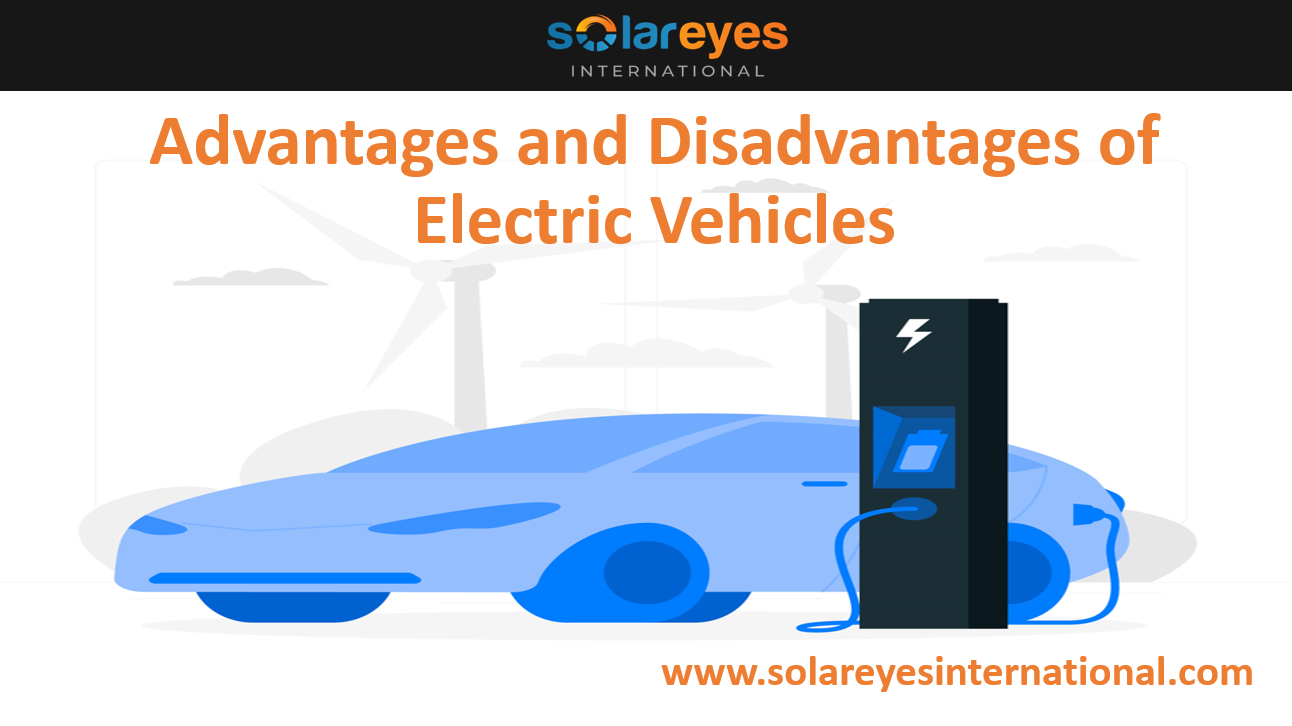Electrifying East Africa: The Rise of Electric Vehicles and Motorbike Companies Leading the Revolution

Introduction: Electrifying East Africa: The Rise of Electric Vehicles and Motorbike Companies Leading the Revolution
East Africa is witnessing a revolution in the transportation sector with the emergence of electric vehicles (EVs) and electric motorbike companies. As the region grapples with the challenges of pollution, congestion, and rising fuel costs, the adoption of electric vehicles offers a promising solution.
If you are someone who follows the electric vehicle news you might have seen or hear of many new things happening for electric vehicles or e-motos in East Africa. Furthermore, investors are flocking to fund similar companies and innovations in this region simply because there is a proven market and the market is projected to grow rapidly.
The Need for Change
East Africa is facing significant challenges in its transportation sector. The rapid urbanization and population growth have led to increased congestion on the roads, resulting in longer commute times and reduced productivity.
Additionally, the region heavily relies on imported fossil fuels, leading to high fuel costs and a heavy carbon footprint. The need for a sustainable and efficient transportation system has never been more urgent.
The Electric Vehicle Revolution
Electric vehicles have gained traction worldwide as a clean and sustainable alternative to traditional gasoline-powered vehicles. East Africa is no exception to this trend. The region has seen a surge in the adoption of electric vehicles, driven by factors such as government incentives, increasing environmental awareness, and the availability of affordable EV models.
Government Support and Incentives
Governments in East Africa have recognized the potential of electric vehicles in addressing transportation challenges and reducing carbon emissions. They have implemented various policies and incentives to promote the adoption of EVs.
For instance, Kenya has exempted electric vehicles from import duties and reduced the excise tax on EV batteries. Tanzania has also introduced tax incentives for electric vehicles, making them more affordable for consumers.
Rise of Electric Motorbike Companies
Alongside electric vehicles, electric motorbikes have emerged as a popular mode of transportation in East Africa. Motorbikes are widely used for commuting and delivery services in urban areas, and their electrification offers numerous advantages. Several companies have recognized the potential of electric motorbikes and are leading the revolution in East Africa.
Example Company 1: Ampersand
Ampersand is a Rwandan electric motorbike company that is transforming the transportation landscape in East Africa. The company provides affordable electric motorbikes and a network of battery swapping stations, addressing the challenges of high upfront costs and limited charging infrastructure. Ampersand’s electric motorbikes offer a cost-effective and environmentally friendly alternative to traditional petrol-powered motorbikes.
Example Company 2: Safi Moto
Safi Moto, a Kenyan electric motorbike company, is also at the forefront of the electric vehicle revolution in East Africa. The company offers electric motorbikes designed specifically for the African market, with features such as extended battery life and robust build quality. Safi Moto aims to provide reliable and affordable transportation solutions while reducing carbon emissions and promoting sustainable mobility.
Example Company “: Bboxx Partnerships in the Electric Vehicle Sector
Bboxx has been fostering for partnership in the electric motorbike market. Bboxx has partnered with Ampersand to provide thousands of taxi e-motos for drivers in Rwanda. Recently the company has also signed a major asset financing deal with Spiro for electric motorcycles.
Benefits of Electric Vehicles and Motorbikes
The rise of electric vehicles and motorbike companies in East Africa brings several benefits to the region:
- Environmental Sustainability: Electric vehicles produce zero tailpipe emissions, reducing air pollution and carbon emissions, leading to cleaner and healthier cities.
- Lower Operating Costs: Electric vehicles have lower operating costs compared to traditional vehicles, resulting in savings on fuel and maintenance expenses.
- Energy Independence: By reducing reliance on imported fossil fuels, East Africa can achieve greater energy independence and reduce vulnerability to global oil price fluctuations.
- Job Creation: The electric vehicle industry has the potential to create new job opportunities in manufacturing, maintenance, and charging infrastructure development.
Overcoming Challenges
While the electric vehicle revolution in East Africa holds great promise, there are still challenges to be addressed:
- Charging Infrastructure: The development of a robust charging infrastructure is crucial to support the widespread adoption of electric vehicles. Governments and private sector entities need to collaborate to build a network of charging stations across urban centers and major highways.
- Affordability: Despite the decreasing costs of electric vehicles, they still remain relatively expensive compared to traditional vehicles. Further cost reductions and financial incentives are required to make EVs more affordable for the general population.
- Consumer Awareness and Education: Many people in East Africa are still unfamiliar with electric vehicles and their benefits. Consumer awareness campaigns and educational programs can play a significant role in promoting the adoption of EVs.
Conclusion
The rise of electric vehicles and motorbike companies in East Africa marks a significant shift towards a more sustainable and efficient transportation system. With government support, the emergence of innovative companies, and increasing consumer awareness, the region is poised to become a leader in electric mobility. By embracing electric vehicles, East Africa can address transportation challenges, reduce pollution, and pave the way for a cleaner and brighter future.
FOLLOW US ON SOCIAL MEDIA
Follow us on LINKEDIN, FACEBOOK, TELEGRAM GROUP and WHATSAPP.
*** ALSO CHECK: HOW TO SIZE A SOLAR SYSTEM – 5 clear steps anyone can follow
HOW TO START A SOLAR COMPANY – do these 6 things and make money through solar
How to Identify Fake Solar Products
SOLAR PANEL LOSSES: All you Need to Know + Tips on how to avoid them
SOLAR PV MODULE MANUFACTURING PROCESS EXPLAINED – from solar cells to solar panel
10 Surprising Ways Solar Energy Can Save You Money Today!
Opportunities for Solar Energy Development in Europe
FREE TOOLS to use for Solar Panel Tilt Angle Calculation and Installation – for any location
How Solar Panels Can Increase Your Home Value
HOW TO IDENTIFY FAKE SOLAR PRODUCTS – 6 things to check
Some Examples of where People have Fallen Victim to Fake Solar Products
How to Choose Solar Panel Brands
Top 10 Solar Panel Companies Driving the Renewable Energy Revolution
Best Solar Cell Efficiency Chart – National Renewable Energy Laboratory(NREL)
Solar Panel Frequently Asked Questions(FAQs) – solar panel FAQs
20 INTERESTING FACTS ABOUT SOLAR ENERGY – you probably don’t know them
All You Need To Know About Solar Fires: Causes and Preventative Measures
Harnessing the Power of Darkness: A Breakthrough in ‘Night-Time Solar’ Energy





